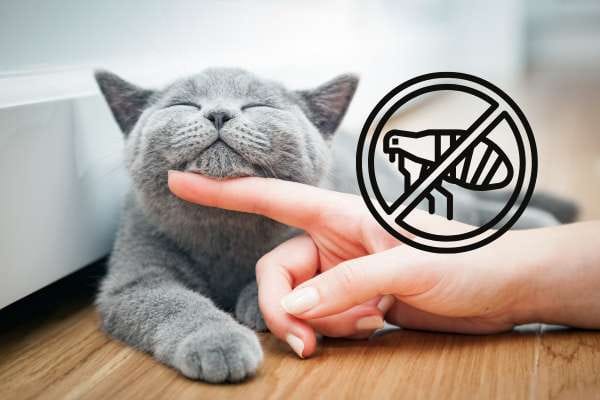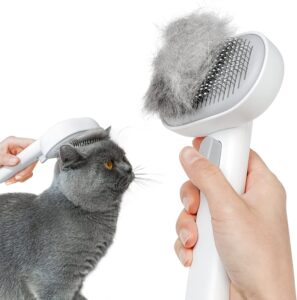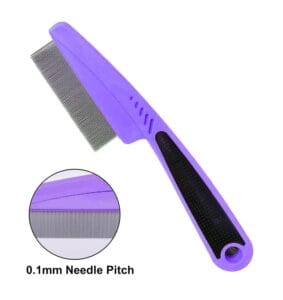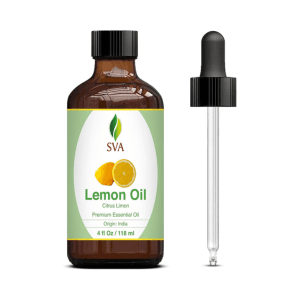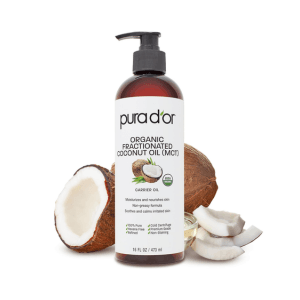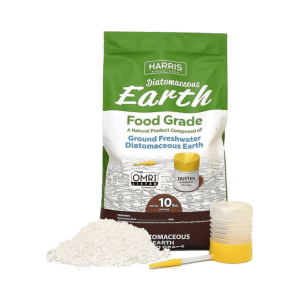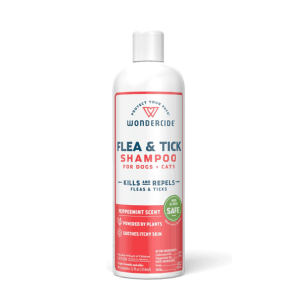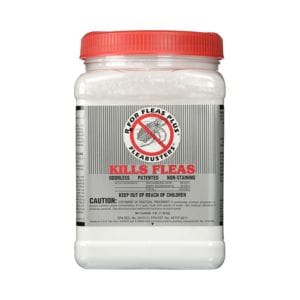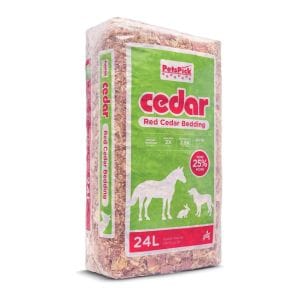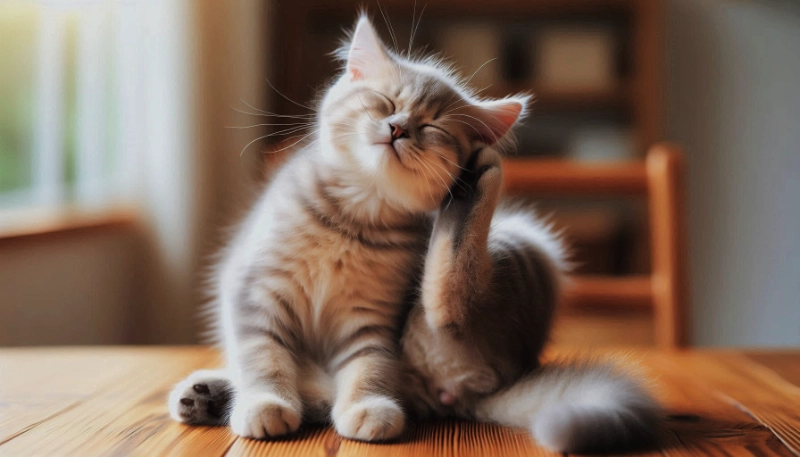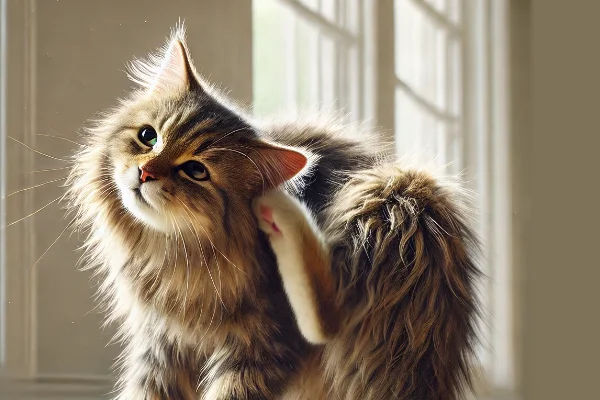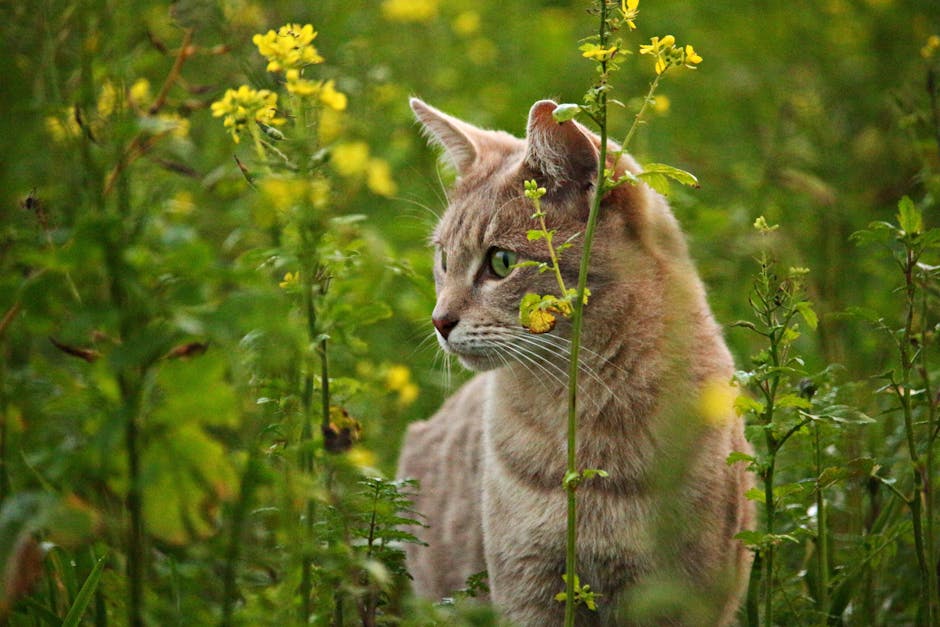Are you tired of watching your feline friend suffer from persistent flea infestations, but concerned about using harsh chemical treatments? Natural flea remedies for cats offer a gentle yet effective alternative that can help keep your cat comfortable and pest-free without exposing them to potentially harmful substances.
As more cat owners seek safer alternatives to traditional flea treatments, these natural solutions have gained popularity for their minimal side effects and eco-friendly approach. In this comprehensive guide, we’ll explore 8 proven natural flea remedies for cats that you can easily implement at home, combining ancient wisdom with modern understanding to create a safer environment for your beloved cat.
Whether you’re dealing with a current flea problem or looking for preventive measures, these natural solutions will help you maintain your cat’s health and comfort without compromising their well-being.
Understanding the Flea Problem
Life Cycle of Fleas
Fleas undergo a remarkable four-stage life cycle that makes them challenging to eliminate. Starting as eggs, which easily scatter throughout your home, they hatch into larvae that feed on organic debris and adult flea droppings.
These larvae then spin cocoons, entering the pupal stage where they can remain dormant for months. Finally, emerging as adults, fleas immediately seek host animals for blood meals and begin reproducing, potentially laying up to 50 eggs per day.
Signs of Flea Infestation

One of the most obvious signs of a flea infestation is when your cat constantly scratches, bites, or licks their fur. This excessive scratching can lead to noticeable hair loss, particularly around the base of the tail, lower back, and belly areas. If left untreated, your cat may develop bald patches and hot spots. Additionally, you might notice your cat’s skin becoming irritated, red, and inflamed due to allergic reactions to flea saliva.
Another telltale sign is the presence of flea dirt, which appears as small black specks in your cat’s fur or on their bedding. These specks are flea droppings containing digested blood. To confirm if these black specks are indeed flea dirt, place them on a damp white paper towel – if they dissolve into reddish-brown stains, you’re dealing with flea droppings. Regular inspection and proper flea prevention are essential to protect your cat from these parasites.
The Dangers of Flea Infestation
Flea infestations pose serious health risks to cats, potentially leading to severe skin allergies. When fleas bite, they inject saliva that can trigger allergic reactions, causing intense itching, redness, and hair loss.
This constant scratching may result in open wounds and secondary skin infections. In severe cases, particularly affecting kittens, flea infestations can cause anemia due to excessive blood loss from numerous flea bites.
Additionally, cats can develop tapeworms by accidentally ingesting infected fleas while grooming, leading to digestive issues and weight loss.
8 Natural Remedies for Cats
1. Regular Grooming as Natural Remedies for Cats
Regular brushing and combing are essential components of natural flea control for cats. Using a standard brush or comb at least twice a week helps detect flea infestations early and removes adult fleas, eggs, and flea dirt from your cat’s fur. The mechanical action of brushing also stimulates blood circulation and distributes natural oils throughout your cat’s coat, creating an environment less appealing to fleas
Flea combs are specially designed with fine, closely-spaced teeth that effectively trap and remove fleas and their debris. When using a flea comb, focus on areas where fleas commonly gather, such as around the neck, base of the tail, and belly. Keep a bowl of soapy water nearby to drown any captured fleas. Regular use of a flea comb can significantly reduce flea populations without relying on chemical treatments.
Recommendation cat’s brush and flea comb
2. Citrus-Based Repellents
Citrus-based essential oils, including lemon, orange, and cedarwood, offer natural flea remedies for cats. However, it’s crucial to note that these oils must be heavily diluted before use, as cats are sensitive to concentrated essential oils.
Mix 1-2 drops of essential oil with 1 cup of carrier oil, such as coconut or olive oil. Apply this mixture sparingly to your cat’s collar or bedding, never directly on their skin. Always monitor your cat for any adverse reactions and consult your veterinarian before starting any new treatment.
Creating your own citrus-based flea remedies at home is both cost-effective and eco-friendly. For a DIY citrus spray, steep citrus peels (lemon, orange, or grapefruit) in boiling water, let it cool and strain into a spray bottle. For a natural flea collar, soak a bandana or fabric collar in this solution and let it dry before placing it on your cat. You can also scatter fresh citrus peels around your cat’s favorite spots, as the natural oils will help repel fleas.
3. Diatomaceous Earth
Diatomaceous Earth (DE) works as one of the natural flea remedies for cats by dehydrating these pesky parasites. The microscopic sharp edges of DE, made from fossilized algae, damage the fleas’ exoskeletons and absorb their protective waxy coating, causing them to dry out and die. This food-grade powder is non-toxic and provides a chemical-free alternative to conventional flea treatments, making it an excellent choice for cat owners seeking natural solutions.
To safely apply DE, start by thoroughly brushing your cat’s fur. Carefully dust a small amount of food-grade DE onto your cat’s coat, avoiding their face, eyes, and nose. Make sure your cat doesn’t have any respiratory or skin problems. Apply the powder to your cat’s bedding, carpet, and other areas where fleas might hide. Repeat the application every few days for two weeks. Always use food-grade DE and ensure proper ventilation during application to prevent respiratory irritation.
4. Herbal Sprays and Shampoos
Herbs like neem, peppermint, and tea tree oil possess natural flea remedies for cats that can help repel and eliminate these parasites. These botanical ingredients work by disrupting the flea’s life cycle and creating an environment that’s inhospitable to these parasites. However, it’s crucial to note that some essential oils can be toxic to cats, so proper dilution and veterinary guidance are essential before using any herbal treatments.
While commercial herbal flea products offer convenience and precise formulations, DIY recipes allow pet owners to control ingredients and customize solutions. Store-bought natural flea sprays and shampoos typically undergo safety testing and provide clear usage instructions. On the other hand, homemade remedies can be more cost-effective and may use simple ingredients like apple cider vinegar, rosemary, or lavender. Regardless of choice, consistency in application and regular monitoring of your cat’s reaction is key to successful flea management.
5. Vacuuming and Cleaning
Regular vacuuming is a crucial first line of defense against fleas in your home. These persistent pests and their eggs can hide deep within carpet fibers, furniture crevices, and baseboards. By vacuuming thoroughly at least twice a week, you can remove up to 50% of flea eggs and significantly reduce the adult flea population. Remember to empty the vacuum contents into a sealed bag and dispose of it immediately outside.
Maintaining clean pet bedding and living areas is equally important in controlling flea infestations. Wash your cat’s bedding, blankets, and any fabric items they frequently use in hot water (at least 140°F) weekly. Don’t forget to clean or replace bedding in cat trees and carriers. Regular cleaning disrupts the flea life cycle and creates an inhospitable environment for these parasites, protecting both your cat and your home.
6. Apple Cider Vinegar
Apple cider vinegar (ACV) also serves as natural flea remedies for cats. When diluted with equal parts water, ACV creates an acidic environment that fleas find uninhabitable. The solution’s distinct smell and taste deter these pesky parasites without harming your feline friend. However, it’s crucial to always dilute the vinegar, as the pure form can be too harsh for your cat’s sensitive skin.
You can apply diluted ACV in two main ways: as a spray or during bath time. For spraying, gently mist your cat’s fur, avoiding sensitive areas like eyes and nose. When bathing, add a cup of diluted ACV to the bathwater, or use it as a final rinse. Regular application helps maintain a flea-free environment, though results may vary among different cats.
7. Borax Powder
Borax powder effectively eliminates fleas by dehydrating them through its natural crystalline mineral structure. When fleas come into contact with borax, it damages their exoskeleton and disrupts their ability to retain moisture, ultimately leading to their death.
To safely apply borax, sprinkle a thin layer on carpets and furniture, avoiding direct contact with your cat. Leave it for 24-48 hours, then vacuum thoroughly. While borax is natural, keep pets away during treatment and ensure all powder is removed after application.
8. Cedar Wood Chips and Oil
Cedar wood is renowned for its natural repellent properties against fleas and other insects. The aromatic compounds found in cedar, particularly the essential oils, create an environment that fleas find inhospitable. This makes cedar an excellent natural alternative to chemical-based flea treatments for cats, providing a safe and eco-friendly solution for pet owners.
Cedar wood chips can be effectively as natural flea remedies for cats in two ways: as bedding material in your cat’s sleeping area or through oil diffusion. Placing cedar chips under or around your cat’s bed creates a protective barrier while using cedar oil in a diffuser helps disperse the repellent throughout your home. However, ensure the cedar exposure is moderate, as some cats may be sensitive to strong scents.
Additional Tips for Flea Prevention
Effective flea control starts with treating your outdoor environment. Regular lawn maintenance, including keeping grass short and removing debris, helps eliminate flea breeding grounds. Consider using pet-safe insecticides or natural alternatives like nematodes in your yard, focusing on shaded areas where fleas thrive.
To prevent re-infestation, maintain a consistent prevention routine year-round. Vacuum frequently, wash pet bedding weekly in hot water, and inspect your cat regularly for signs of fleas. Remember that adult fleas visible on your cat represent only 5% of the total flea population in your environment.
Remember, combining multiple methods often yields the best results. While these natural solutions work well for mild cases, always consult your veterinarian if your cat has a severe flea infestation. Have you found these tips helpful? Share this article with fellow cat lovers or leave a comment about your experience with natural flea control methods!

